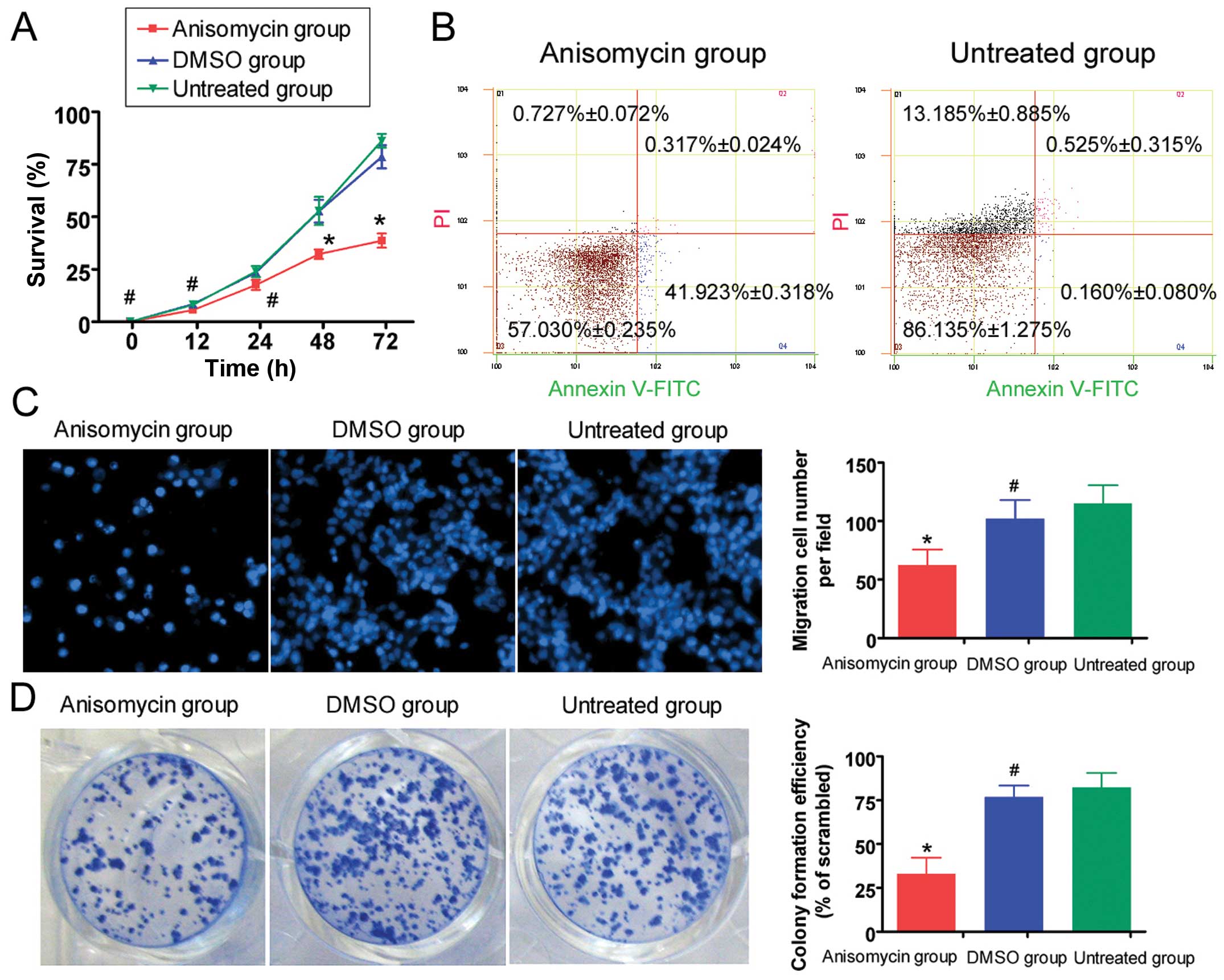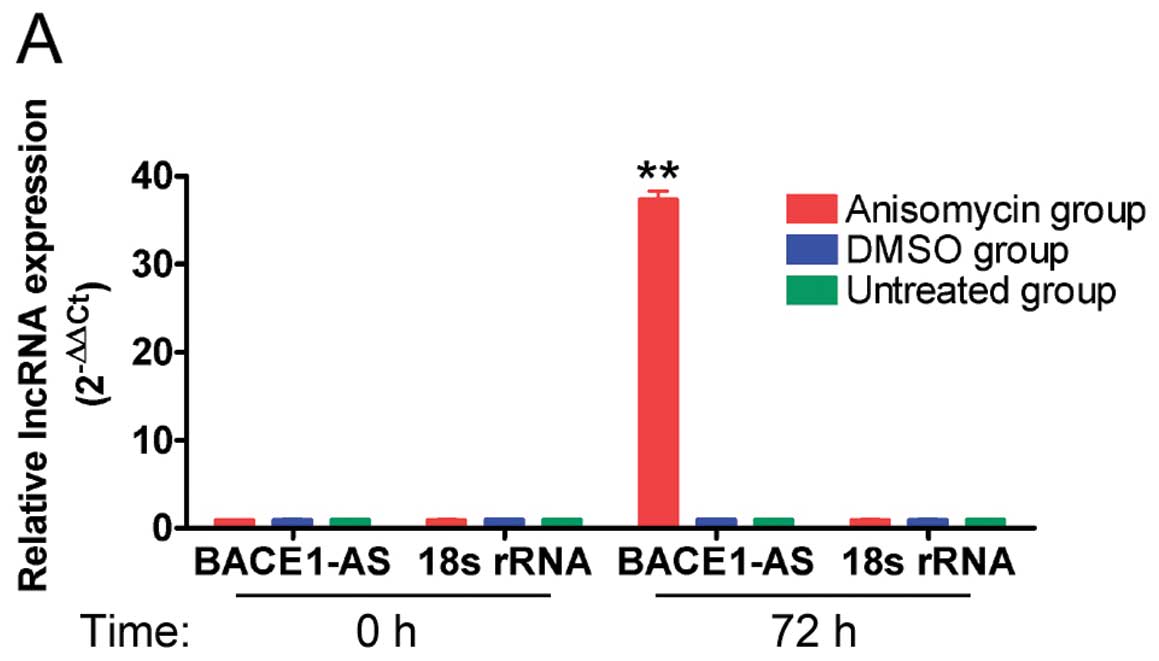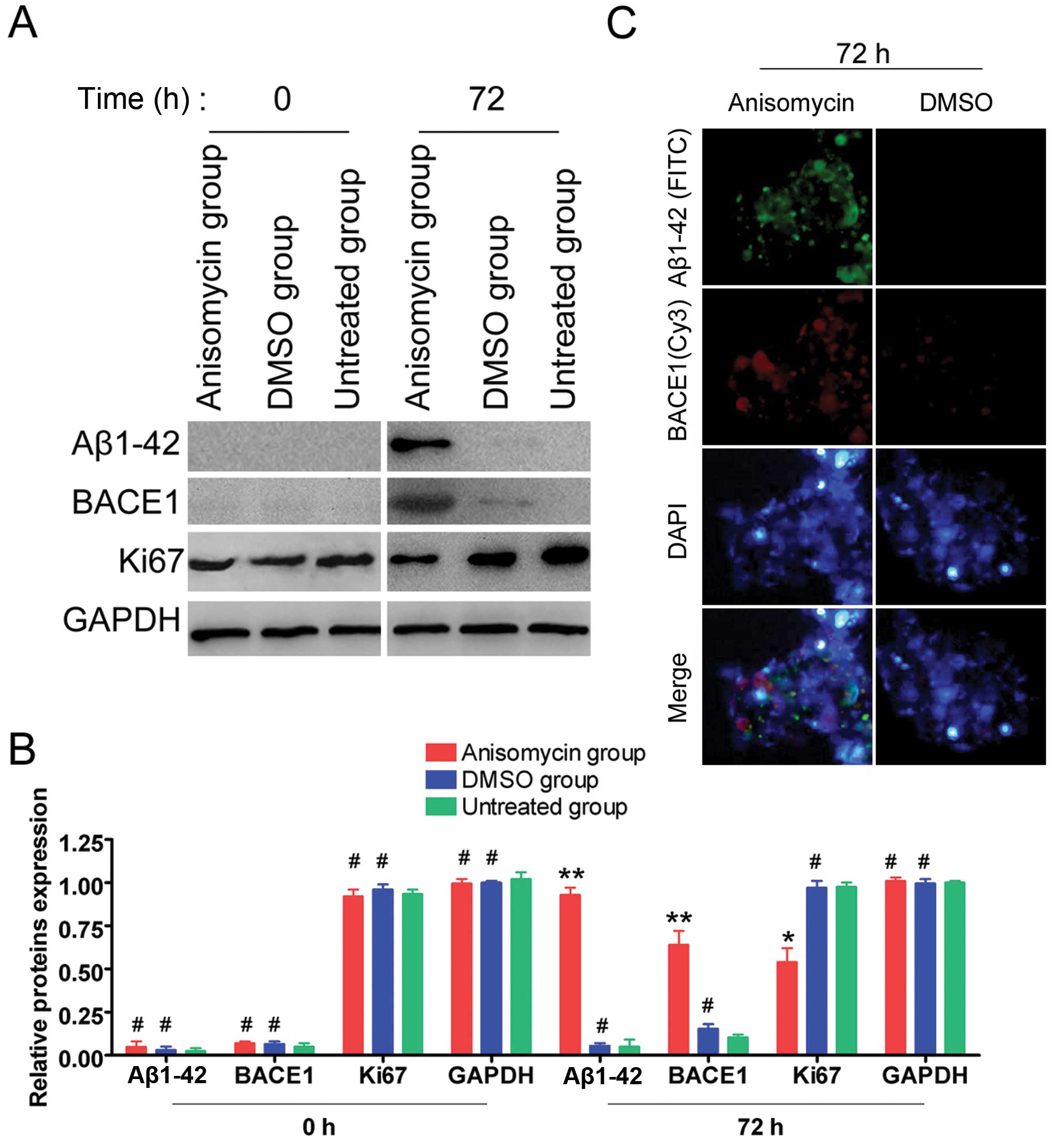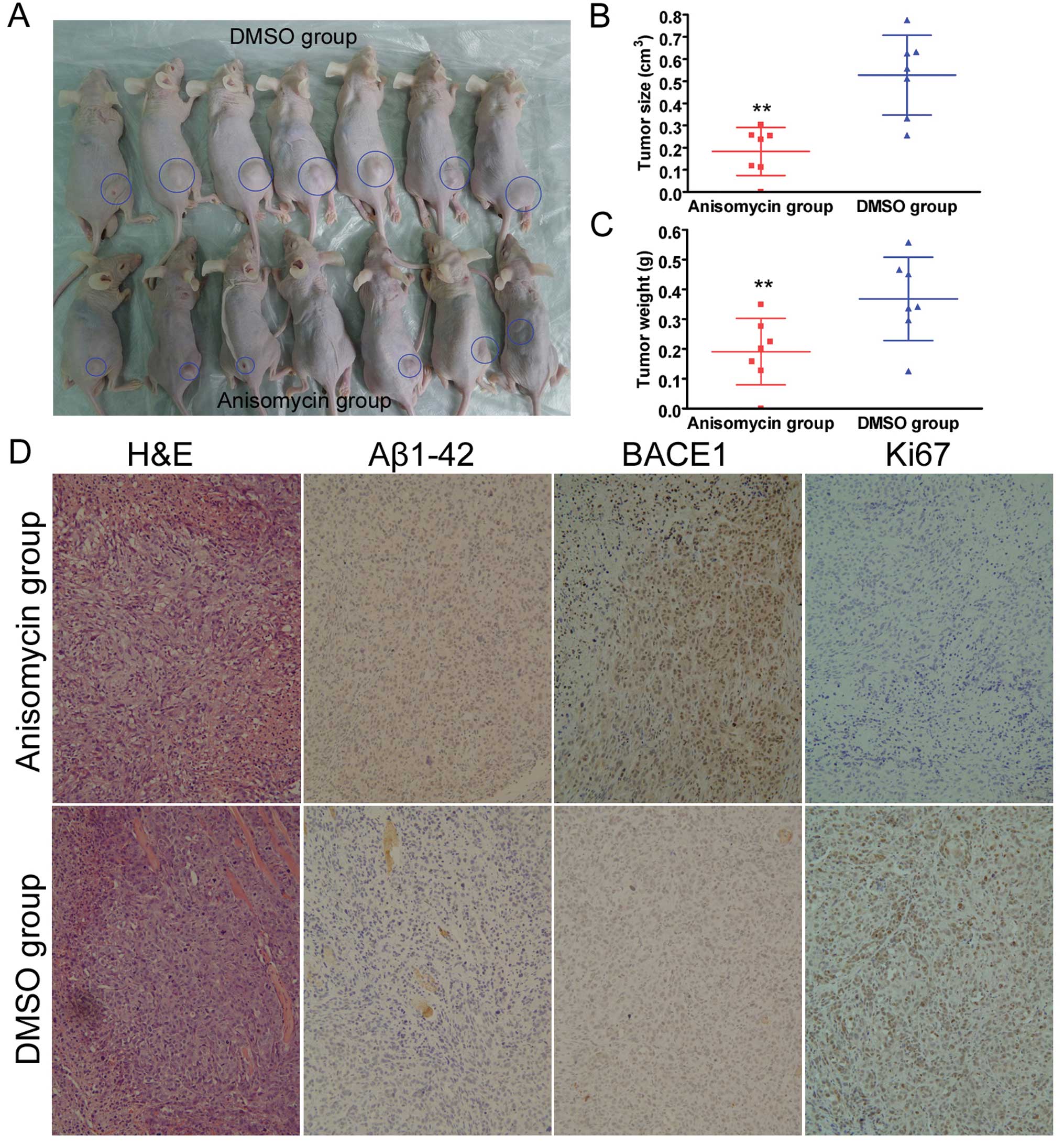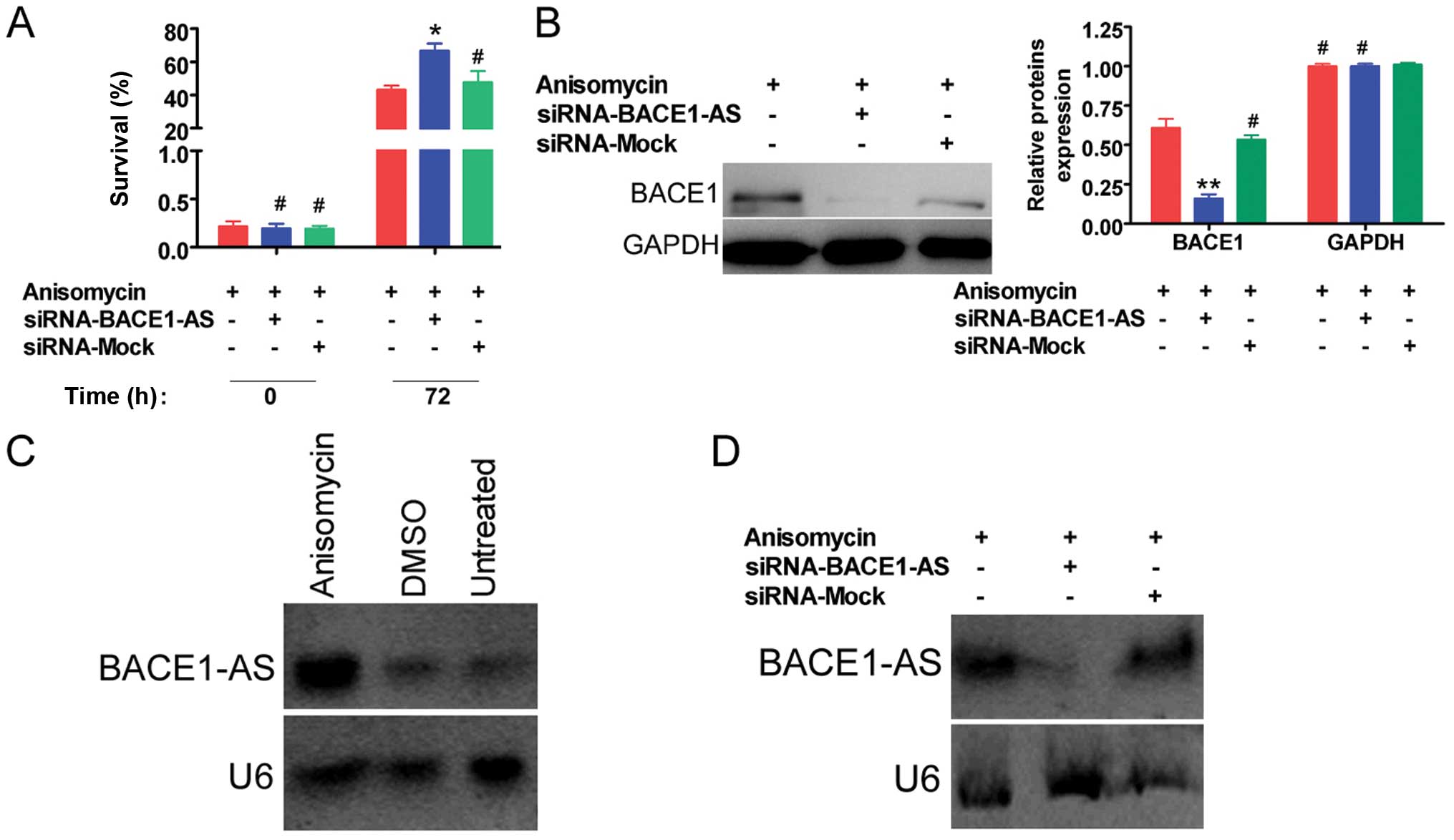|
1
|
Cheng W, Liu T, Wan X, Gao Y and Wang H:
MicroRNA-199a targets CD44 to suppress the tumorigenicity and
multidrug resistance of ovarian cancer-initiating cells. FEBS J.
279:2047–2059. 2012. View Article : Google Scholar : PubMed/NCBI
|
|
2
|
Høgdall E, Fung ET, Christensen IJ, Yip C,
Nedergaard L, Engelholm SA, Risum S, Petri AL, Lundvall L, Lomas L,
et al: Proteomic biomarkers for overall and progression-free
survival in ovarian cancer patients. Proteomics Clin Appl.
4:940–952. 2010. View Article : Google Scholar : PubMed/NCBI
|
|
3
|
Liu T, Cheng W, Lai D, Huang Y and Guo L:
Characterization of primary ovarian cancer cells in different
culture systems. Oncol Rep. 23:1277–1284. 2010.PubMed/NCBI
|
|
4
|
Liu T, Hou L and Huang Y: EZH2-specific
microRNA-98 inhibits human ovarian cancer stem cell proliferation
via regulating the pRb-E2F pathway. Tumour Biol. 35:7239–7247.
2014. View Article : Google Scholar : PubMed/NCBI
|
|
5
|
Liu T, Qin W, Hou L and Huang Y:
MicroRNA-17 promotes normal ovarian cancer cells to cancer stem
cells development via suppression of the LKB1-p53-p21/WAF1 pathway.
Tumour Biol. 36:1881–1893. 2015. View Article : Google Scholar
|
|
6
|
Ma L, Lai D, Liu T, Cheng W and Guo L:
Cancer stem-like cells can be isolated with drug selection in human
ovarian cancer cell line SKOV3. Acta Biochim Biophys Sin.
42:593–602. 2010. View Article : Google Scholar : PubMed/NCBI
|
|
7
|
Qin W, Ren Q, Liu T, Huang Y and Wang J:
MicroRNA-155 is a novel suppressor of ovarian cancer-initiating
cells that targets CLDN1. FEBS Lett. 587:1434–1439. 2013.
View Article : Google Scholar : PubMed/NCBI
|
|
8
|
Yu ZH, Liu T, Zhao YH, Huang YY and Gao
YT: Cisplatin targets the stromal cell-derived factor-1-CXC
chemokine receptor type 4 axis to suppress metastasis and invasion
of ovarian cancer-initiating cells. Tumour Biol. 35:4637–4644.
2014. View Article : Google Scholar : PubMed/NCBI
|
|
9
|
Zhang S, Balch C, Chan MW, Lai HC, Matei
D, Schilder JM, Yan PS, Huang TH and Nephew KP: Identification and
characterization of ovarian cancer-initiating cells from primary
human tumors. Cancer Res. 68:4311–4320. 2008. View Article : Google Scholar : PubMed/NCBI
|
|
10
|
Guo X, Wu X, Ren L, Liu G and Li L:
Epigenetic mechanisms of amyloid-β production in anisomycin-treated
SH-SY5Y cells. Neuroscience. 194:272–281. 2011. View Article : Google Scholar : PubMed/NCBI
|
|
11
|
Fan X, Liu Y, Jiang J, Ma Z, Wu H, Liu T,
Liu M and Lixand Tang H: miR-20a promotes proliferation and
invasion by targeting APP in human ovarian cancer cells. Acta
Biochim Biophys Sin. 42:318–324. 2010. View Article : Google Scholar : PubMed/NCBI
|
|
12
|
Faghihi MA, Modarresi F, Khalil AM, Wood
DE, Sahagan BG, Morgan TE, Finch CE, St Laurent G III, Kenny PJ and
Wahlestedt C: Expression of a noncoding RNA is elevated in
Alzheimer's disease and drives rapid feed-forward regulation of
beta-secretase. Nat Med. 14:723–730. 2008. View Article : Google Scholar : PubMed/NCBI
|
|
13
|
Liu T, Huang Y, Chen J, Chi H, Yu Z, Wang
J and Chen C: Attenuated ability of BACE1 to cleave the amyloid
precursor protein via silencing long noncoding RNA BACE1-AS
expression. Mol Med Rep. 10:1275–1281. 2014.PubMed/NCBI
|
|
14
|
Yan R and Vassar R: Targeting the β
secretase BACE1 for Alzheimer's disease therapy. Lancet Neurol.
13:319–329. 2014. View Article : Google Scholar : PubMed/NCBI
|
|
15
|
Liu Y, Ge J, Li Q, Gu L, Guo X, Ma ZG and
Zhu YP: Anisomycin induces apoptosis of glucocorticoid resistant
acute lymphoblastic leukemia CEM-C1 cells via activation of
mitogen-activated protein kinases p38 and JNK. Neoplasma.
60:101–110. 2013. View Article : Google Scholar
|
|
16
|
Feng Y, Liu T, Li XQ, Liu Y, Zhu XY,
Jankovic J, Pan TH and Wu YC: Neuroprotection by Orexin-A via
HIF-1α induction in a cellular model of Parkinson's disease.
Neurosci Lett. 579:35–40. 2014. View Article : Google Scholar : PubMed/NCBI
|
|
17
|
Yu C, Xing F, Tang Z, Bronner C, Lu X, Di
J, Zeng S and Liu J: Anisomycin suppresses Jurkat T cell growth by
the cell cycle-regulating proteins. Pharmacol Rep. 65:435–444.
2013. View Article : Google Scholar : PubMed/NCBI
|
|
18
|
Seo BR, Min KJ, Kim S, Park JW, Park WK,
Lee TJ and Kwon TK: Anisomycin treatment enhances TRAIL-mediated
apoptosis in renal carcinoma cells through the down-regulation of
Bcl-2, c-FLIP(L) and Mcl-1. Biochimie. 95:858–865. 2013. View Article : Google Scholar
|
|
19
|
Li JY, Huang JY, Li M, Zhang H, Xing B,
Chen G, Wei D, Gu PY and Hu WX: Anisomycin induces glioma cell
death via down-regulation of PP2A catalytic subunit in vitro. Acta
Pharmacol Sin. 33:935–940. 2012. View Article : Google Scholar : PubMed/NCBI
|
|
20
|
Hébert SS, Serneels L, Tolia A,
Craessaerts K, Derks C, Filippov MA, Müller U and De Strooper B:
Regulated intramembrane proteolysis of amyloid precursor protein
and regulation of expression of putative target genes. EMBO Rep.
7:739–745. 2006. View Article : Google Scholar : PubMed/NCBI
|
|
21
|
Laird FM, Cai H, Savonenko AV, Farah MH,
He K, Melnikova T, Wen H, Chiang HC, Xu G, Koliatsos VE, et al:
BACE1, a major determinant of selective vulnerability of the brain
to amyloid-beta amyloidogenesis, is essential for cognitive,
emotional, and synaptic functions. J Neurosci. 25:11693–11709.
2005. View Article : Google Scholar : PubMed/NCBI
|
|
22
|
Ohno M, Sametsky EA, Younkin LH, Oakley H,
Younkin SG, Citron M, Vassar R and Disterhoft JF: BACE1 deficiency
rescues memory deficits and cholinergic dysfunction in a mouse
model of Alzheimer's disease. Neuron. 41:27–33. 2004. View Article : Google Scholar : PubMed/NCBI
|
|
23
|
Luo Y, Bolon B, Damore MA, Fitzpatrick D,
Liu H, Zhang J, Yan Q, Vassar R and Citron M: BACE1
(beta-secretase) knockout mice do not acquire compensatory gene
expression changes or develop neural lesions over time. Neurobiol
Dis. 14:81–88. 2003. View Article : Google Scholar : PubMed/NCBI
|
|
24
|
Dominguez D, Tournoy J, Hartmann D, Huth
T, Cryns K, Deforce S, Serneels L, Camacho IE, Marjaux E,
Craessaerts K, et al: Phenotypic and biochemical analyses of BACE1-
and BACE2-deficient mice. J Biol Chem. 280:30797–30806. 2005.
View Article : Google Scholar : PubMed/NCBI
|
|
25
|
Luo Y, Bolon B, Kahn S, Bennett BD,
Babu-Khan S, Denis P, Fan W, Kha H, Zhang J, Gong Y, et al: Mice
deficient in BACE1, the Alzheimer's beta-secretase, have normal
phenotype and abolished beta-amyloid generation. Nat Neurosci.
4:231–232. 2001. View
Article : Google Scholar : PubMed/NCBI
|















